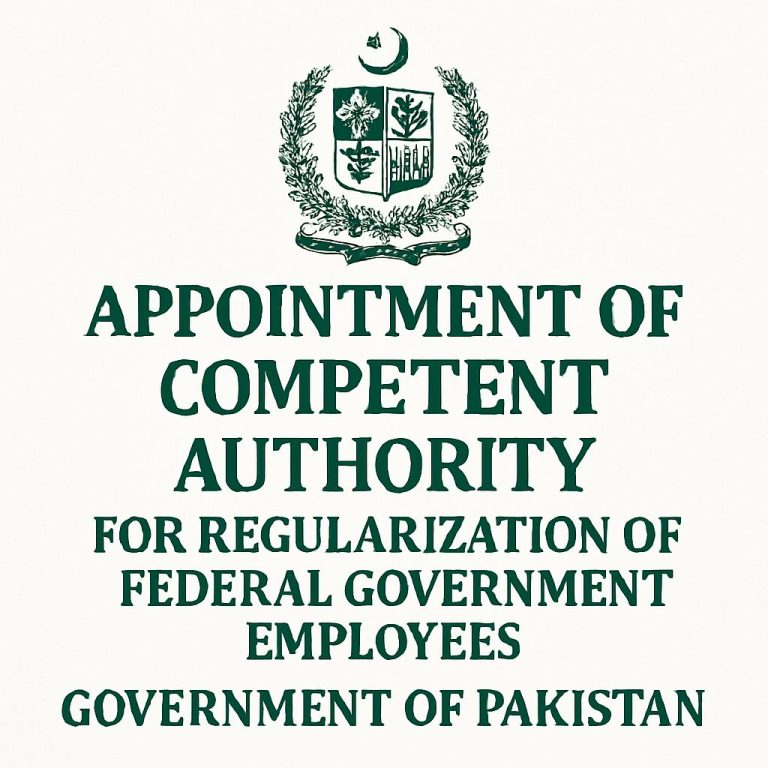
Discover how delivering exceptional customer experience in business drives loyalty, boosts brand reputation, and creates a powerful competitive advantage in today’s market.
Introduction
In an era where products and prices can be easily matched, customer experience has emerged as the most powerful differentiator in business. A company that prioritizes the satisfaction, emotions, and journey of its customers builds stronger relationships and long-term success.
This article explores why customer experience matters, how it creates a competitive edge, and what strategies businesses can use to enhance it effectively.
What is Customer Experience?
Customer experience (CX) is the overall perception a customer forms after interacting with your brand across every touchpoint—from the first website visit to post-purchase support. It encompasses all emotional, physical, and digital interactions that shape their satisfaction and loyalty.
Unlike customer service, which typically handles specific issues, CX is a holistic approach to making every engagement seamless, valuable, and enjoyable.

Why Customer Experience is a Game Changer
- Customer Loyalty and Retention:
Happy customers stay longer. Businesses that deliver exceptional experiences see higher retention rates. Loyal customers also tend to spend more and are less sensitive to price changes. - Brand Differentiation:
In saturated markets, customer experience becomes your unique selling point (USP). A brand known for outstanding service and engagement is more likely to stand out and attract repeat business. - Word-of-Mouth Marketing:
Positive experiences lead to referrals. Customers who are delighted with your service often share their experience with friends, family, and online reviews—free marketing that builds trust and reputation. - Increased Revenue:
Companies that invest in CX outperform their competitors in revenue growth. Satisfied customers are more likely to make repeat purchases and explore other offerings from your brand.
Key Strategies to Improve Customer Experience in Business
1. Understand the Customer Journey
Map out every step your customers take from discovering your business to purchasing and beyond. Identify pain points, delays, or frustrations that could negatively impact their experience.
Tools like customer journey maps and user personas help visualize and improve each touchpoint—whether it’s navigating your website, contacting support, or receiving follow-up communication.

2. Collect and Act on Feedback
Feedback is the bridge between assumption and reality. Use surveys, feedback forms, social media, and reviews to gather customer opinions.
More importantly, act on this feedback. Let customers know their voices are heard by implementing improvements and acknowledging suggestions. This builds trust and shows commitment to their satisfaction.
3. Empower and Train Your Team
Your employees are on the frontlines of customer experience. Train them to be empathetic, responsive, and knowledgeable. Equip them with tools and authority to resolve issues quickly and efficiently.
A motivated and well-trained team leads to better interactions, faster solutions, and more positive experiences.
4. Use Technology to Enhance Interactions
Leverage technology such as live chat, chatbots, CRM systems, and automated follow-ups to streamline communication and personalize the customer journey.
For example, using customer data to greet users by name or suggest relevant products adds a personalized touch that strengthens engagement.

5. Consistency Across Channels
Whether a customer contacts you by phone, email, social media, or in-person, their experience should be consistent. Ensure that your brand voice, values, and service quality are unified across all platforms.
Inconsistency can lead to confusion and frustration, driving customers away to competitors who offer smoother experiences.
6. Measure Customer Experience Metrics
Track metrics like Net Promoter Score (NPS), Customer Satisfaction Score (CSAT), and Customer Effort Score (CES). These provide valuable insights into how customers perceive your brand and where improvements are needed.
Regular monitoring allows you to identify trends, address weaknesses, and celebrate wins.
The Long-Term Impact of Great Customer Experience
- Higher Customer Lifetime Value (CLV): Loyal customers make more purchases over time.
- Better Employee Morale: Happy customers often lead to more satisfied employees.
- Improved Online Reputation: Positive reviews and testimonials boost credibility.
- Faster Business Growth: Retention is cheaper than acquisition—CX makes this possible.
Conclusion
Customer experience is no longer just a support function—it is a core business strategy. In a competitive marketplace, how customers feel when interacting with your brand determines whether they return or walk away. Businesses that prioritize and continuously enhance customer experience build loyalty, outperform competitors, and thrive in the long run.
Invest in your customer experience today to create meaningful relationships and sustainable success tomorrow.
Call to Action:
Take a moment to review your customer journey. Identify one key area where you can simplify, personalize, or enhance the experience. Your customers—and your business—will thank you.






